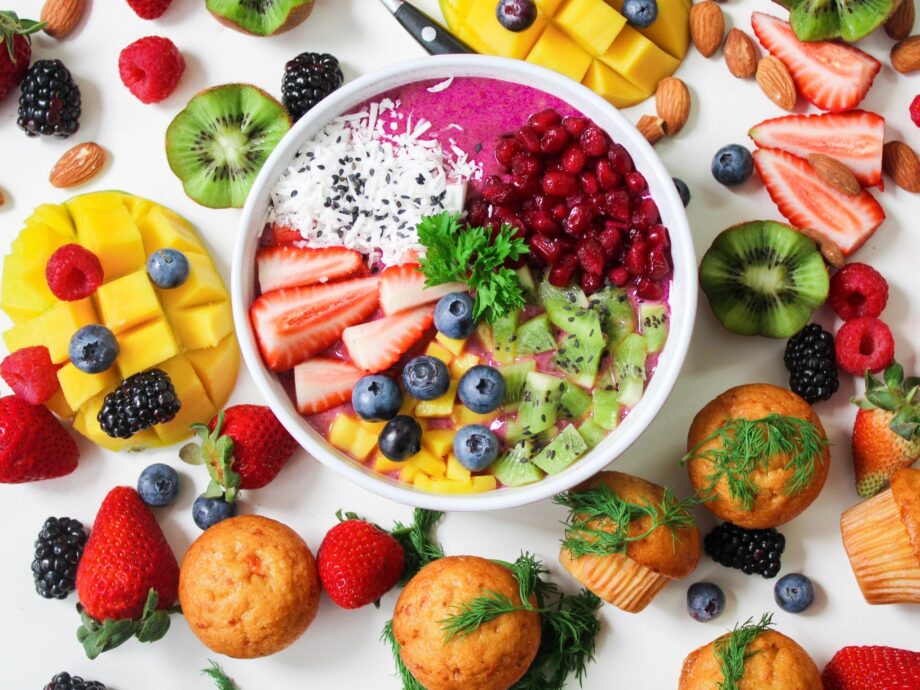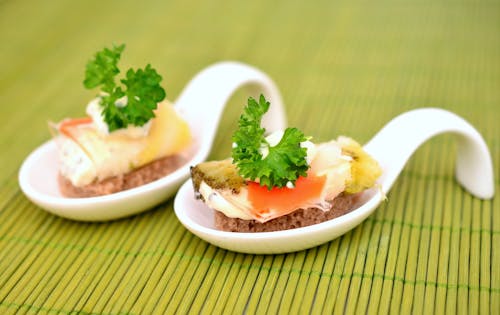
Introduction:
In recent years, food art has taken the culinary world by storm, capturing the imagination of both chefs and food enthusiasts alike. This unique form of artistic expression combines gastronomy with creativity, resulting in visually stunning masterpieces that not only please the palate but also delight the eyes. In this blog post, we delve into the captivating realm of food art, exploring its origins, techniques, and the remarkable impact it has had on the culinary industry.
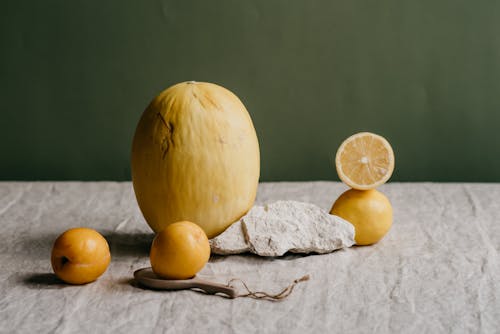
Section 1: The Evolution of Food Art
Food art is not a new phenomenon. Its roots can be traced back centuries, with elaborate banquets and feasts being a common occurrence in ancient civilizations. However, it wasn’t until the late 20th century that food art emerged as a distinct artistic genre. Visionary chefs began experimenting with unconventional ingredients, innovative plating techniques, and avant-garde presentations, pushing the boundaries of culinary creativity.
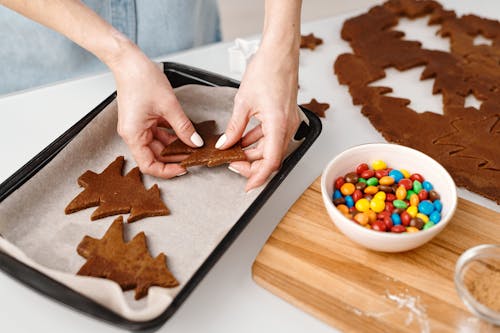
Section 2: Techniques and Styles in Food Art
- Molecular Gastronomy:
Molecular gastronomy revolutionized the culinary world by introducing scientific techniques to food preparation. This branch of food art focuses on manipulating textures, flavors, and presentation through the use of specialized tools and ingredients. Foams, gels, and liquid nitrogen are just a few of the elements employed to create visually striking and gastronomically delightful dishes. - Vegetable and Fruit Carving:
Originating in Southeast Asia, vegetable and fruit carving is an ancient technique that transforms ordinary produce into intricate sculptures. Skilled artisans use knives and specialized tools to meticulously carve fruits and vegetables into astonishing shapes, ranging from delicate flowers to intricate animals. These edible artworks serve as both decorative centerpieces and delectable additions to a meal. - Plate Painting:
Plate painting is a technique that transforms a blank canvas, in this case, a plate, into a work of art. Chefs use food-grade paints and brushes to create stunning designs and intricate patterns directly on the plate. This technique allows for endless creativity, enabling chefs to craft personalized dining experiences that engage all the senses.
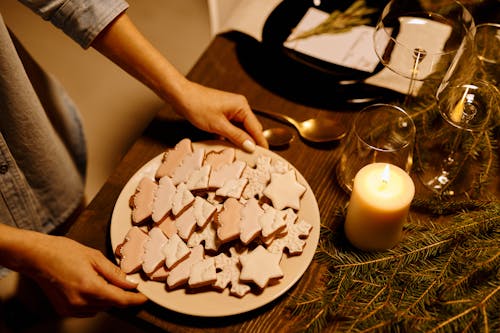
Section 3: The Impact of Food Art on Culinary Culture
- Social Media Sensation:
The rise of social media platforms has propelled food art into the limelight. Instagram feeds are flooded with visually captivating dishes that showcase the artistic skills of chefs. Food art has become a viral sensation, inspiring people to explore their own creativity in the kitchen and driving a demand for visually appealing dining experiences. - Elevating the Dining Experience:
Food art has transformed dining from a mere necessity to an immersive and sensory journey. The meticulous attention to detail in plating and presentation elevates the overall dining experience, enticing patrons to savor not only the flavors but also the visual beauty of the dish. Restaurants and chefs are constantly pushing boundaries to surprise and delight their guests with artistic culinary creations.
Conclusion:
Food art has emerged as a mesmerizing fusion of culinary expertise and artistic expression. From molecular gastronomy to vegetable carving and plate painting, the techniques used in food art push boundaries and challenge traditional notions of what constitutes a dish. With its captivating visual appeal and transformative impact on the dining experience, food art continues to shape the culinary landscape, inspiring both chefs and food enthusiasts to embrace creativity and think outside the plate. So, next time you dine out or step into the kitchen, don’t forget to unleash your own artistic flair and indulge in the fascinating world of food art.
Shop Our Prouducts Here!
Follow us on Instagram and Facebook


